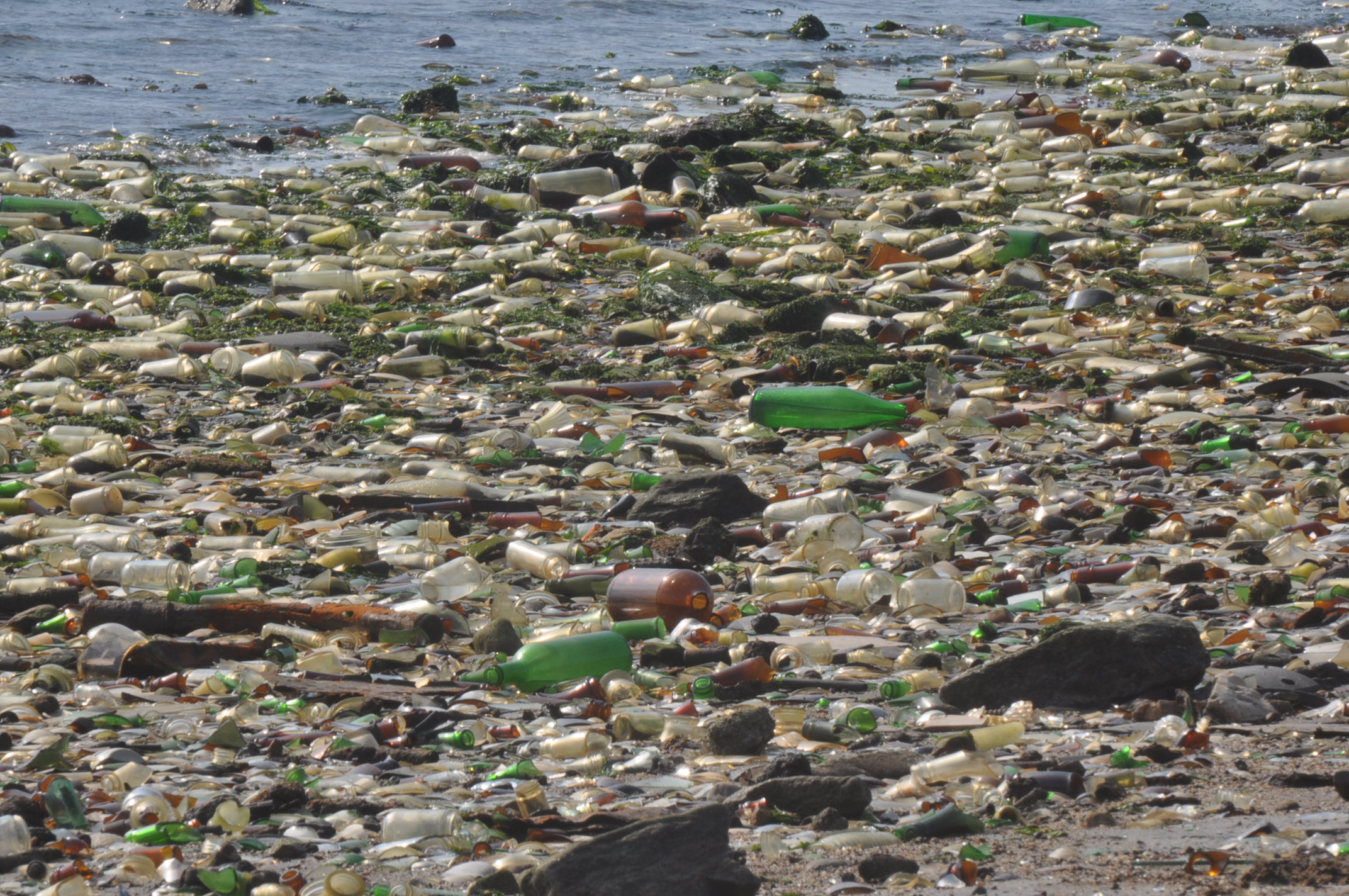Little known to most Brooklynites today is the one-time community of Barren Island. It was an actual island off the southern shore of Brooklyn, near the end of Flatbush Ave.

The land is still there but it was attached to the Brooklyn mainland in 1925. Today, it’s the site of Floyd Bennett Field and the Aviator sports center and is part of Gateway National Park. The tip of what was Barren Island is where the Gil Hodges Memorial Bridge crosses from Brooklyn to Rockaway Beach.
Even less known than the island itself is the fact there was a Catholic church there – Sacred Heart Church, founded as St. Andrew’s in 1908 and changed to Sacred Heart in 1910.
The parish had two resident pastors, Father Bronislaus Malinowski, 1908-13, and Father Charles Schimmel, 1914. From 1914 until 1942, when it closed, it was served by priests from St. John’s Cantius Church in East New York.
The first baptism registered in the church were on March 10, 1908 when three boys – two Johns, and one Henry – received their first sacrament from Father Malinowski.
Three weddings were recorded in May of the same year but there’s no indication whether they were separate ceremonies or whether it was a group wedding. Again, Father Malinowski officiated.
According to sacramental records, the last wedding there was Jan. 26, 1941 when 23-year-old Henry Zaremba married 18-year-old Rita Piantasido. The two lived next door to each other on Main St. on Barren Island. Father James McNamara, assigned to St. Thomas Aquinas at the time, was on the altar. The last baby baptized there was Elizabeth Salvati on Jan. 11, 1942 by Father Jeremiah J. Dineen.
The names of the pastors indicate that there was a contingent of Polish immigrants living there alongside Russians, Italians, Jews and blacks. Accounts of life on the island say that the ethnic groups generally stayed to themselves and there was seldom trouble on the island. In fact, there was a police station but only one officer was assigned there.
From the middle of the 19th century, Barren Island was where Manhattan and Brooklyn dumped its garbage for reduction and dropped off dead horses, cats and dogs for the purposes of being made into fertilizer.
Communities on the mainland complained about the stench from Barren Island and finally the City was convinced to take its garbage elsewhere. Stories in the old Brooklyn Eagle tell of the constant court battles to close the factories because of the smell.
Despite what most would consider squalid living conditions, most residents remained there and seldom left the island. The homes were more like shacks but visitors said the insides were comfortably furnished. There were no paved roads and no city water that eventually became a problem.
In the 1930s, city planners had big ideas for the area. Floyd Bennett Air Field would be developed. All residents were ordered to leave Barren Island beginning in 1936. The City bulldozed what remained and capped the debris.
But in the early 1950s, one cap burst and ever since what remains of Barren Island continues to wash up on “Bottle Beach” near Dead Horse Bay. Visitors today can still see broken and intact glass all along the beachfront facing Sheepshead Bay. Throw in an old shoe or two, a ceramic cup, and you’ve got an urban cemetery museum rising from the ashes. A note of caution, because it’s federal land, scavengers are forbidden to remove the remains of Barren Island.
